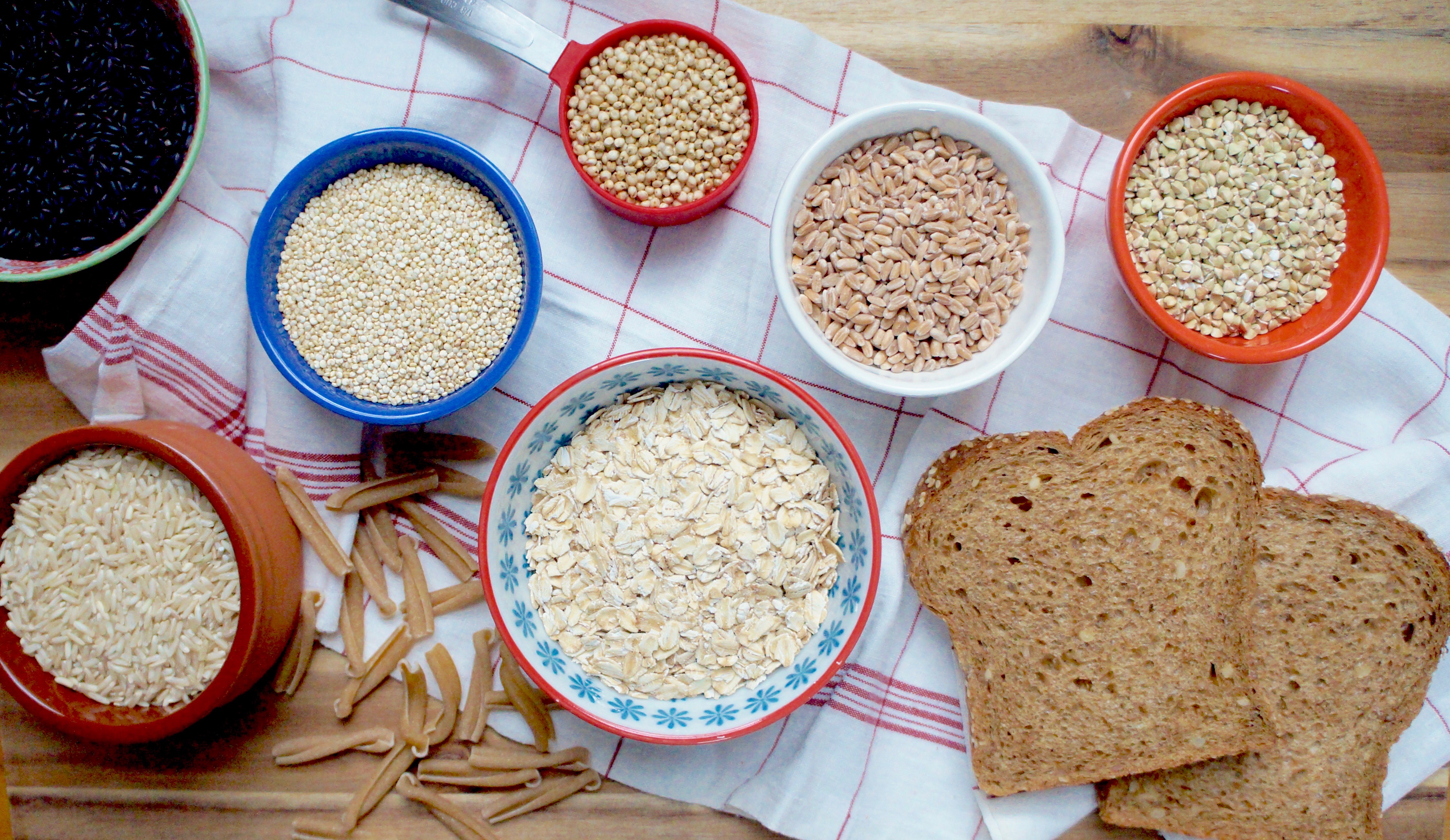Share This
Fiber’s popularity with consumers flies in the face of conventional wisdom regarding the glitz and glam of food marketing. This is the nutrient of “regularity” and bowel movements after all. And yet somehow, consumers (of which nearly 90% recognize fiber as healthful) can’t get enough of it.
However, this focus on fiber, as important as the nutrient may be, may have been doing the public a disservice. Low-carb dieters, in particular, will often eschew whole grains, fruits, and sometimes even legumes, because they “get enough fiber from vegetables and nuts.” What’s missing from the conversation is that not all fiber is created equal, and more importantly, that fiber is not the only benefit that whole grains bring to the table.
A 2017 report from the American Institute of Cancer Research and the World Cancer Research Fund found that about 3 servings of whole grain foods per day (90g) reduces the risk of colorectal cancer by 17%, and that the evidence for whole grains is actually stronger than the evidence for fiber alone.
Although fiber is a known nutrition powerhouse, whole grains have a number of other bioactive compounds in addition to fiber, many of which are thought to have plausible anti-carcinogenic properties. These include vitamin E, selenium, copper, zinc, lignans, phytoestrogens, and phenolic compounds. Additionally, the authors reason that “Whole grains may also protect against colorectal cancer by binding carcinogens and regulating glycemic response.”
Similar findings are emerging for other cancers, such as liver cancer. In a study of 125,455 adults followed for 24 years, those eating the most whole grains (33g per day, or about 2 servings) were 37% less likely to develop hepatocellular carcinoma (a type of liver cancer) than those eating the least whole grains (7g per day, or less than half a serving). When looking at the isolated relationship of fiber, bran, and germ, the results were not statistically significant, indicating that whole grains are greater than the sum of their parts.
What’s more, not all fiber is created equal. Cereal fiber (the type of fiber in whole grains) may have different health benefits than fiber from fruits or vegetables. For example, in a study of patients at risk of osteoarthritis, those eating the most cereal fiber had a 14% lower risk of joint pain worsening than those eating the least, and the results were not statistically significant for other types of fiber (such as fiber from fruit or nuts). Similarly, a study of 16,000 adults found that those who ate the most cereal fiber had a 27% lower risk of developing diabetes over the 7-year study period than those who ate the least, and that no link was noted with total fiber – just with cereal fiber.
Whole grains have significantly more fiber than their refined and enriched counterparts, and switching to whole grains is an easy way for people to sneak more fiber into their diet. However, the benefits of whole grains don’t stop there. Research suggests that whole grains may also have positive effects on insulin sensitivity and protein metabolism, due in part to some of their other beneficial compounds, such as glycine betaine.
Fiber is fabulous. But if you dig beyond the surface of what whole grains have to offer, an entire world of both flavors and nutrients awaits you! (Kelly)


Comments
Add a Comment